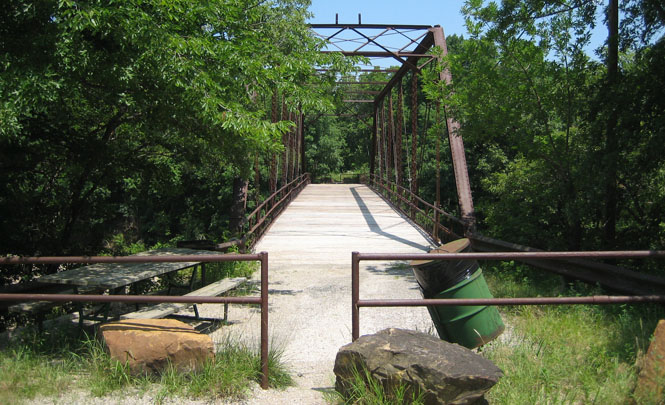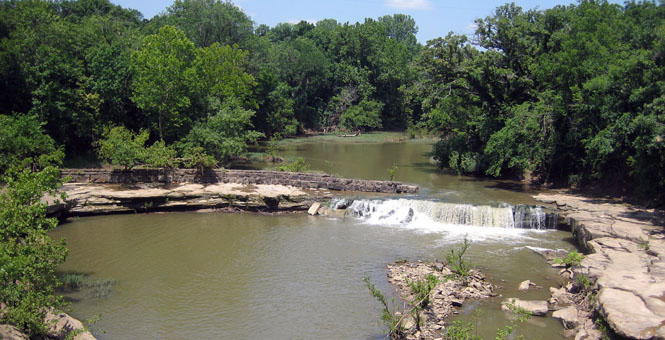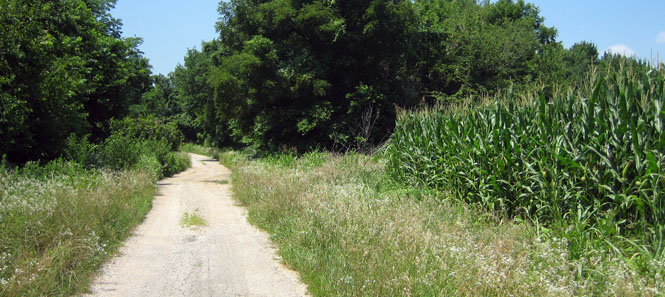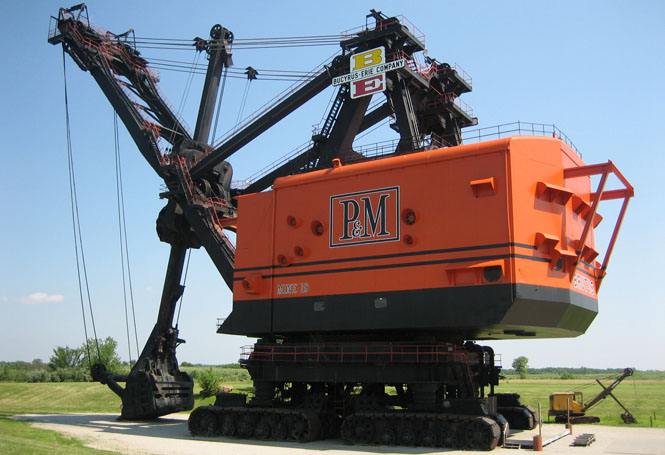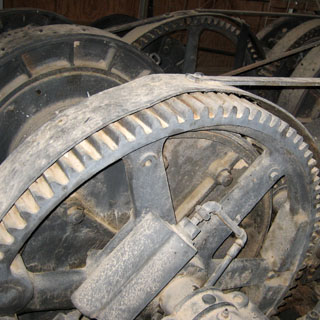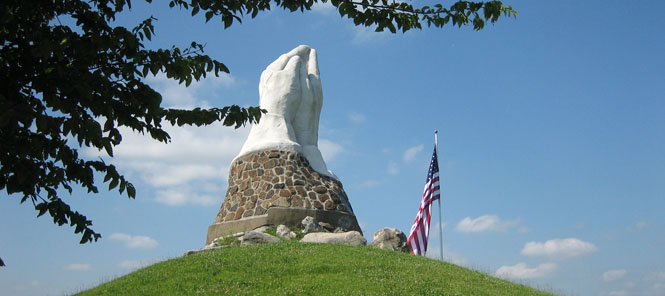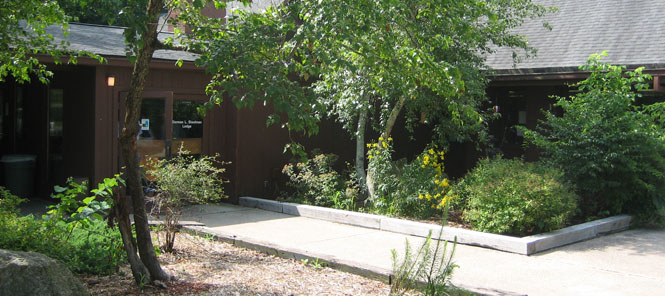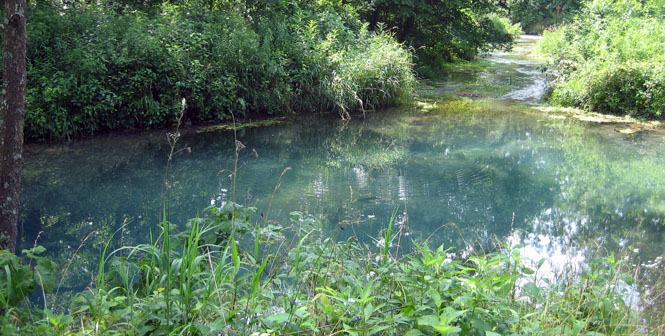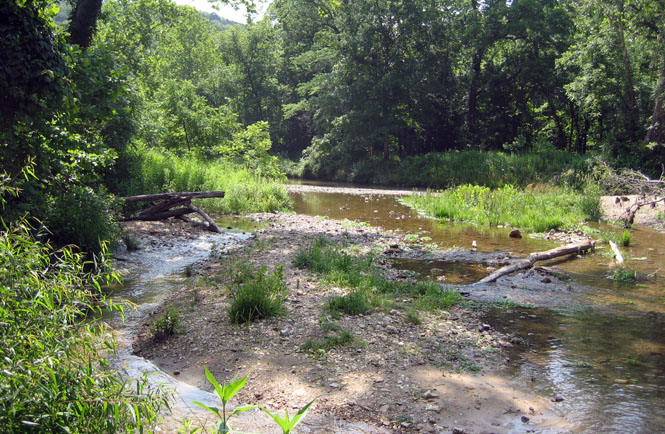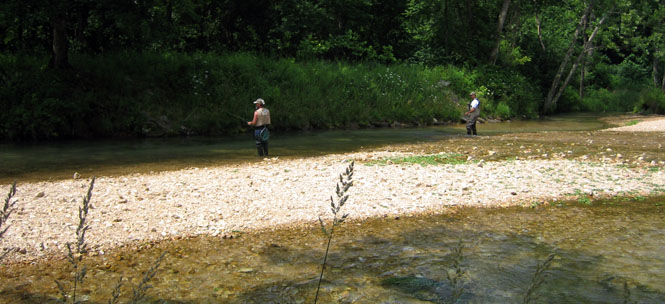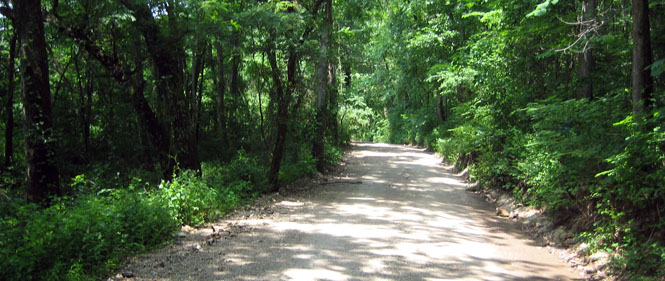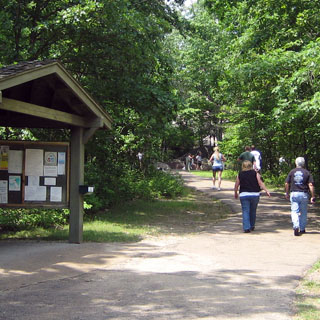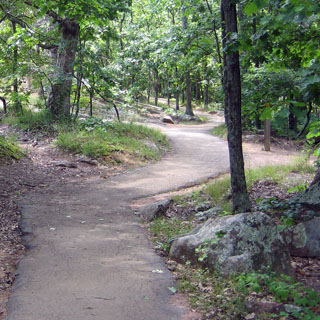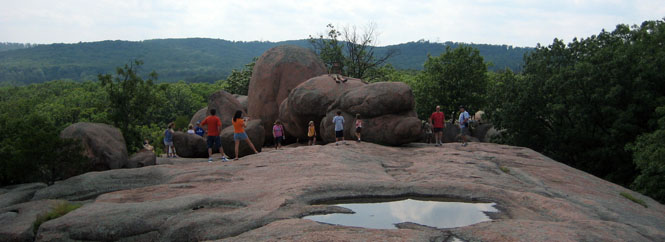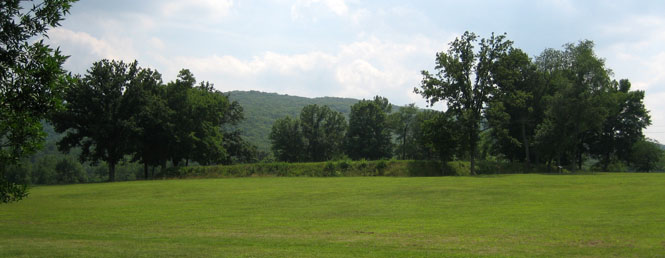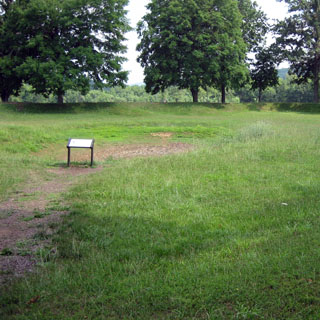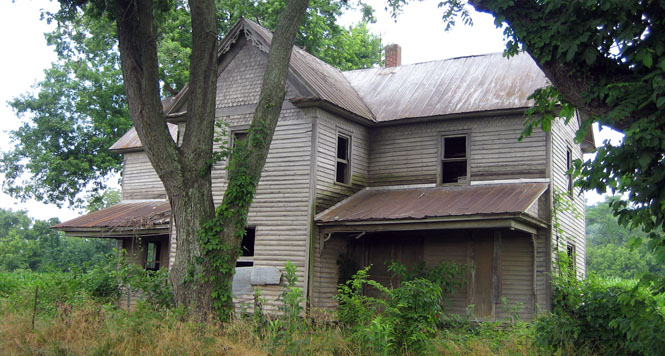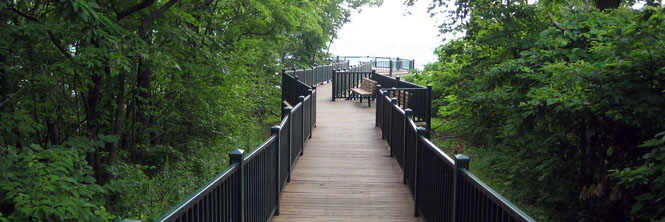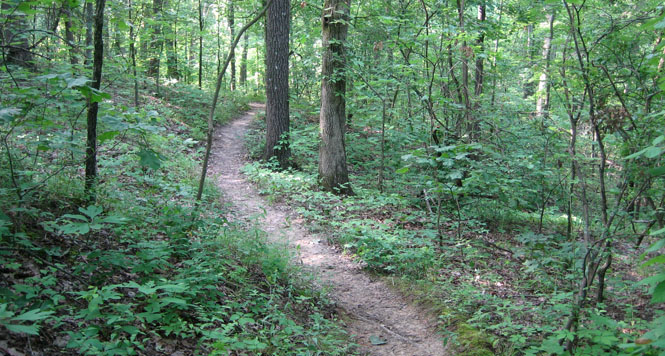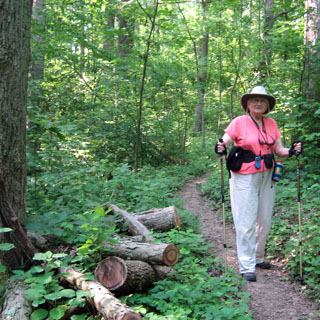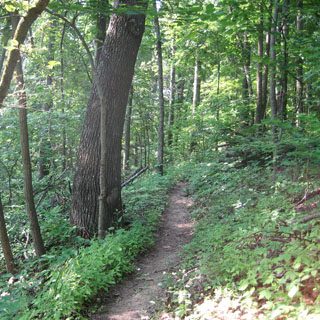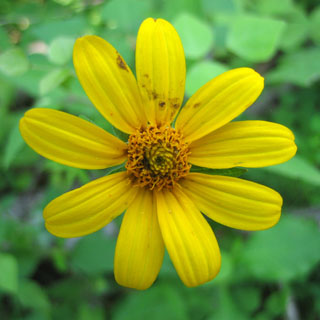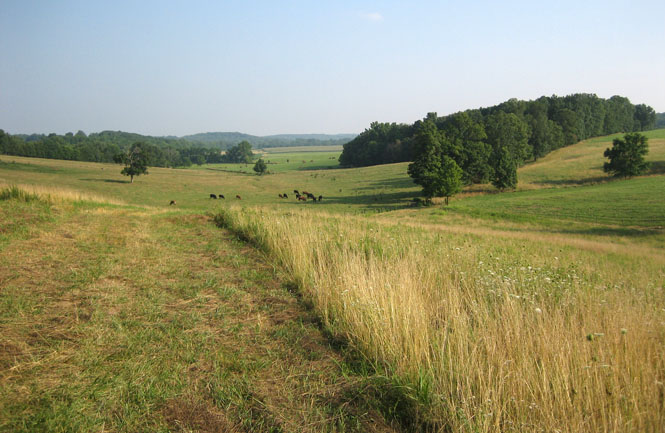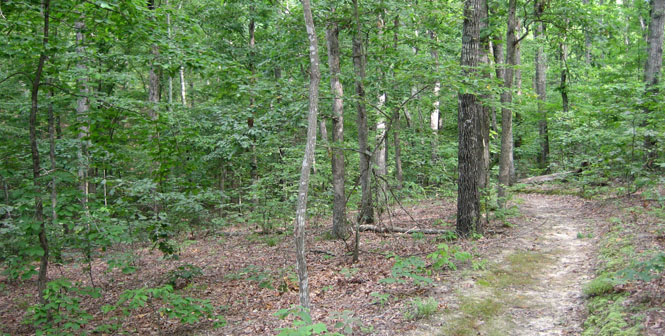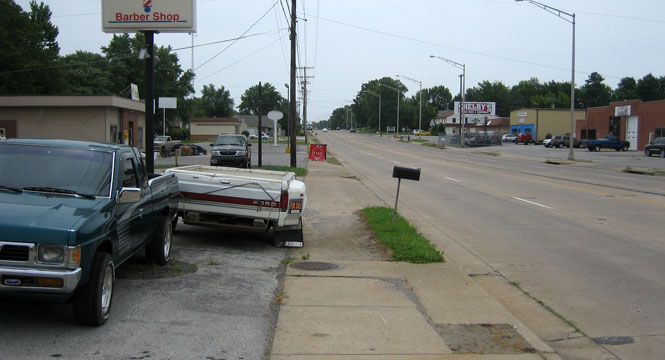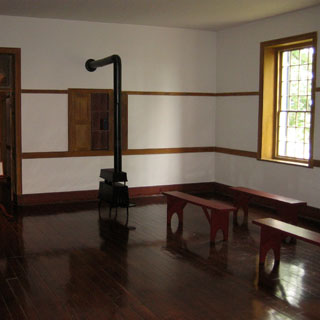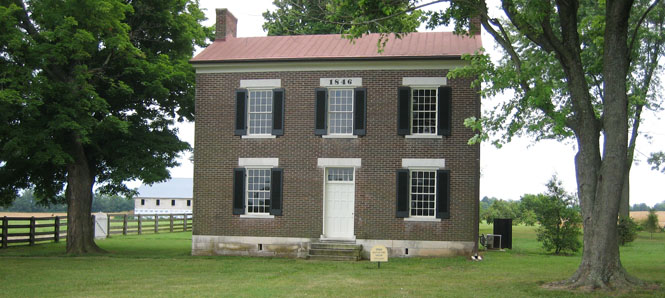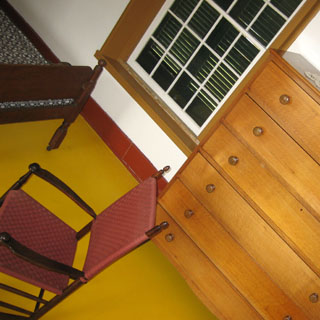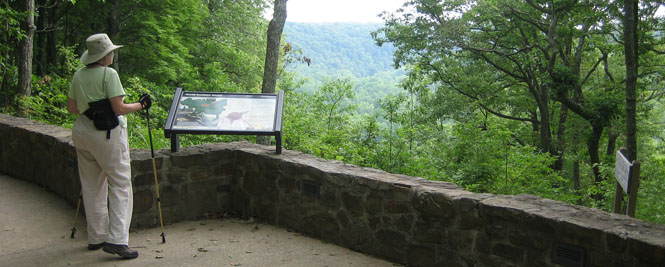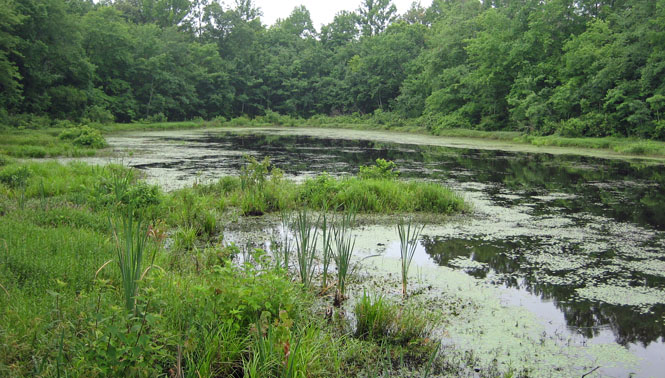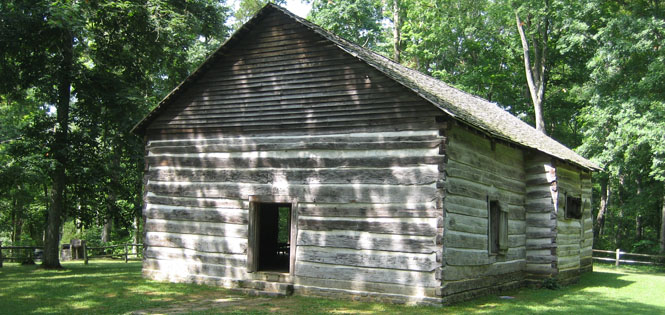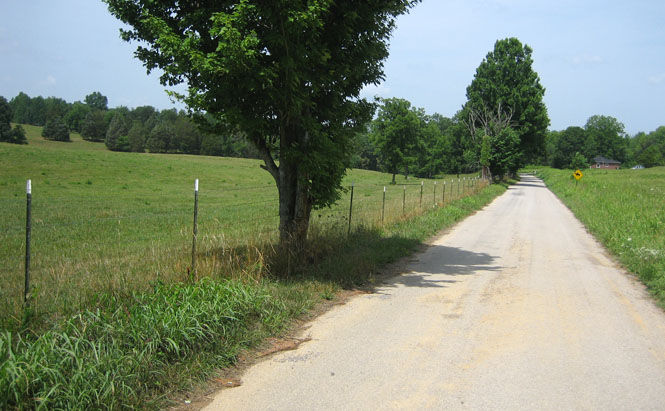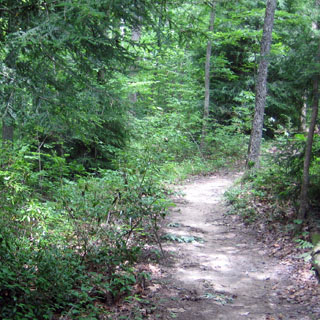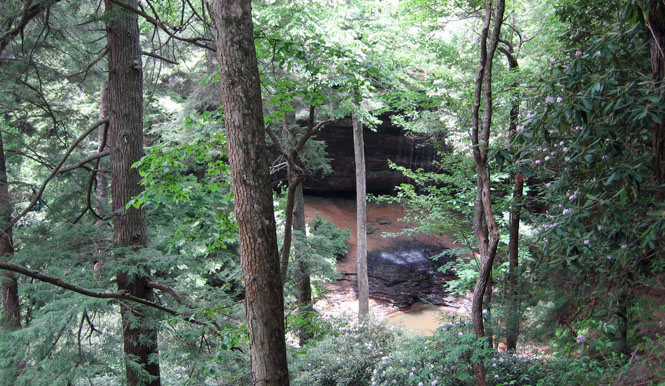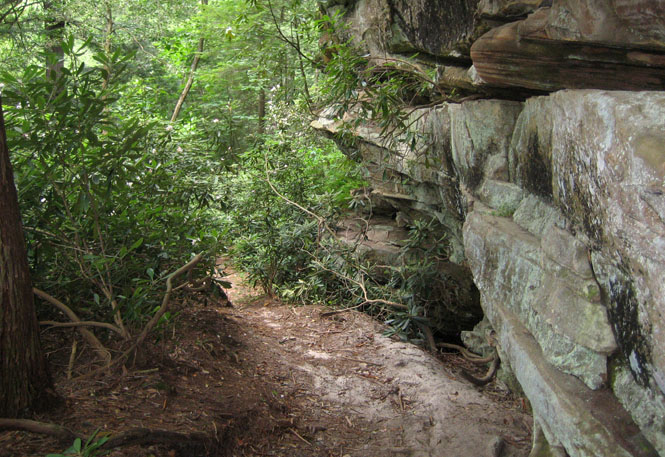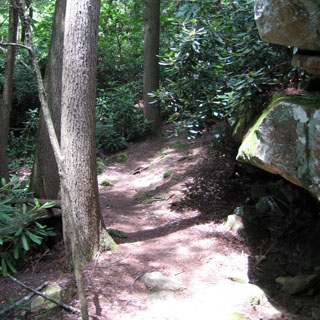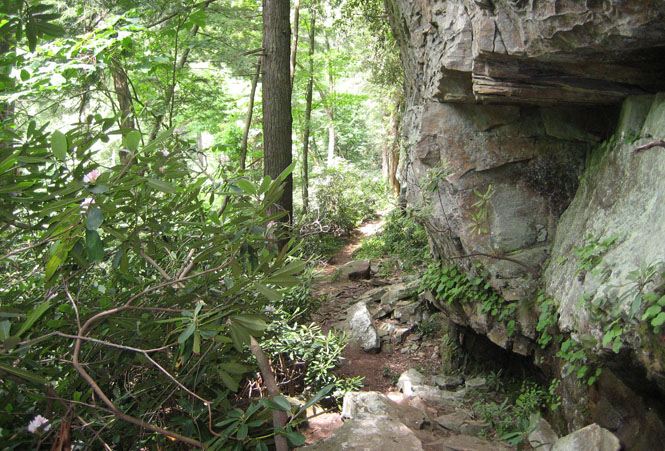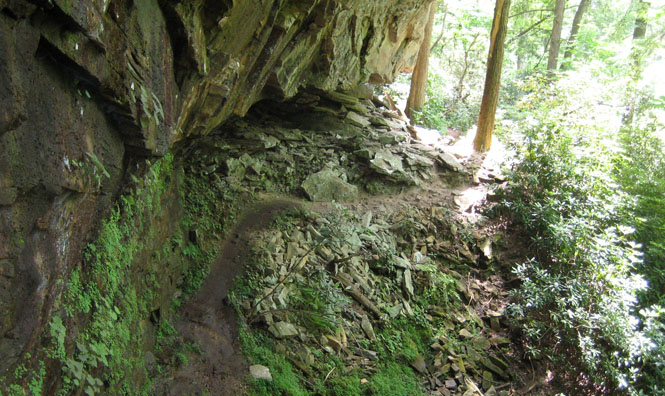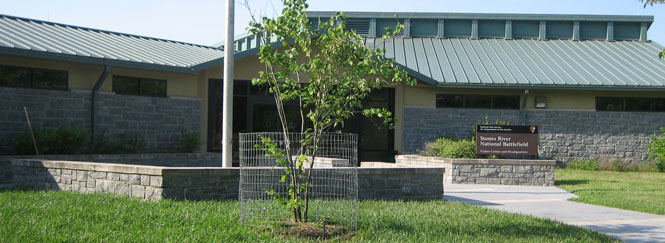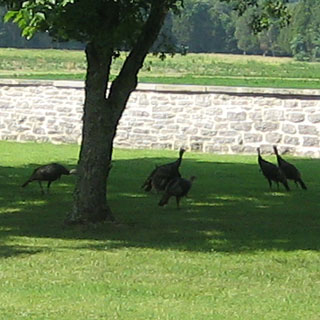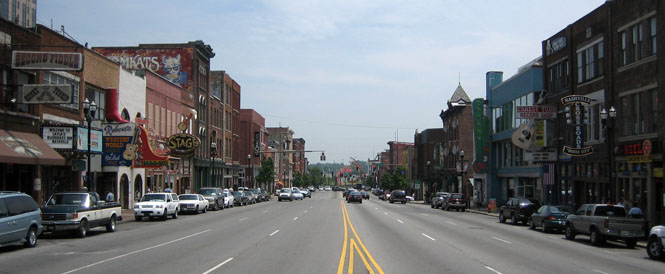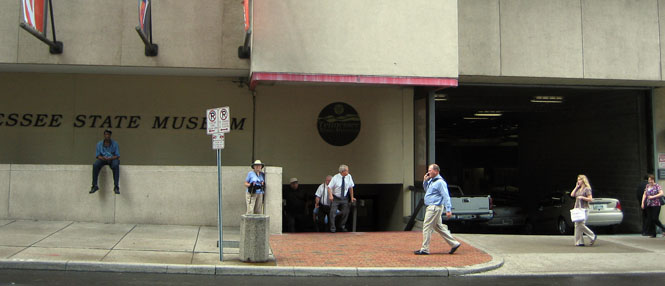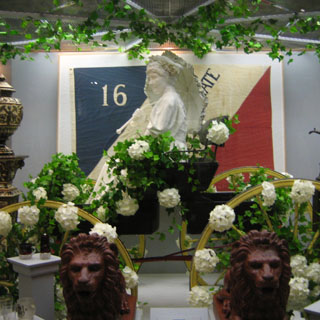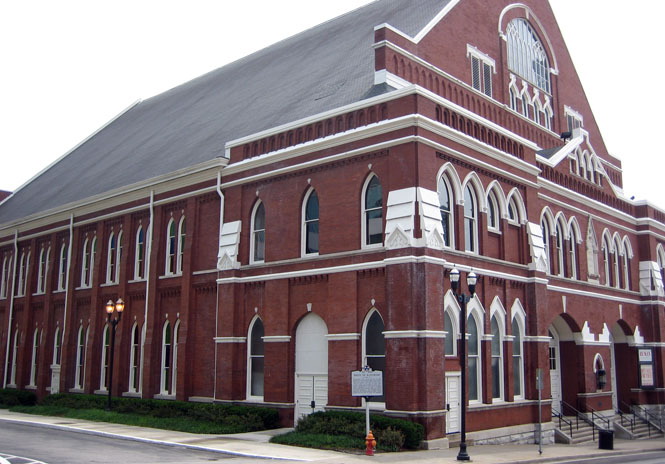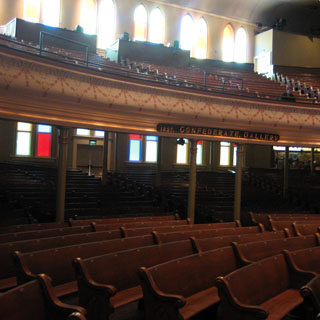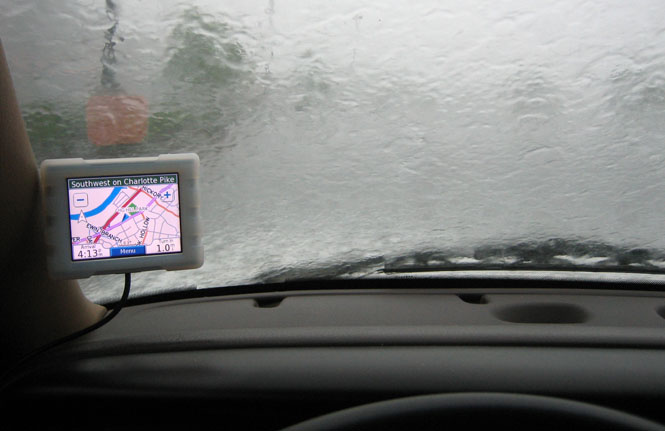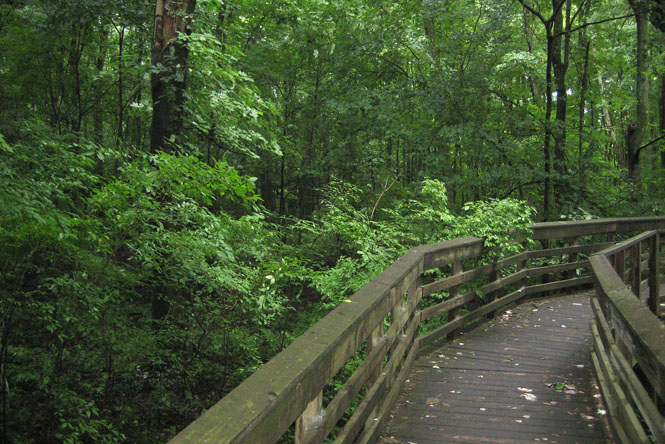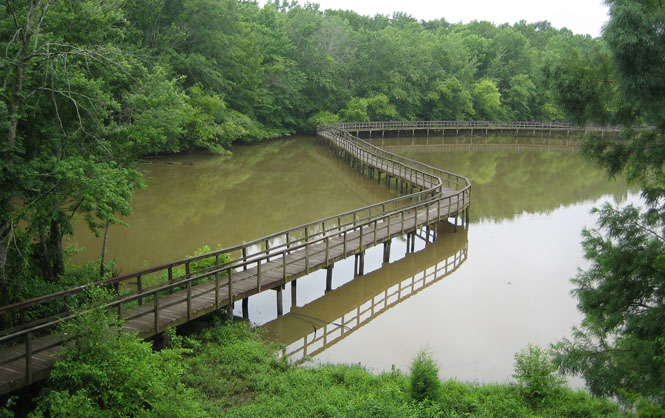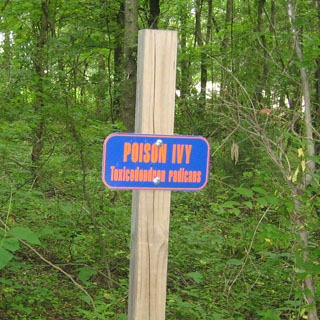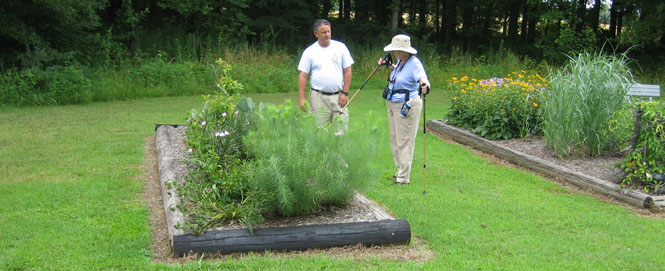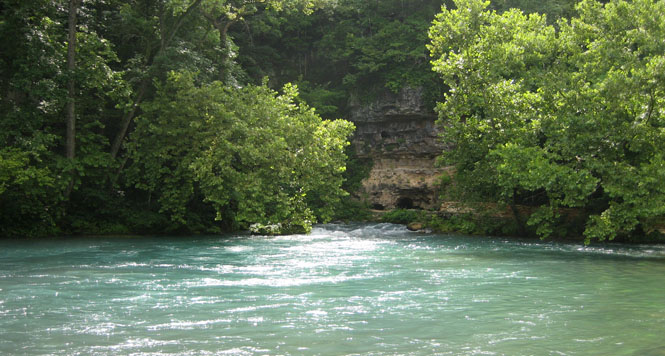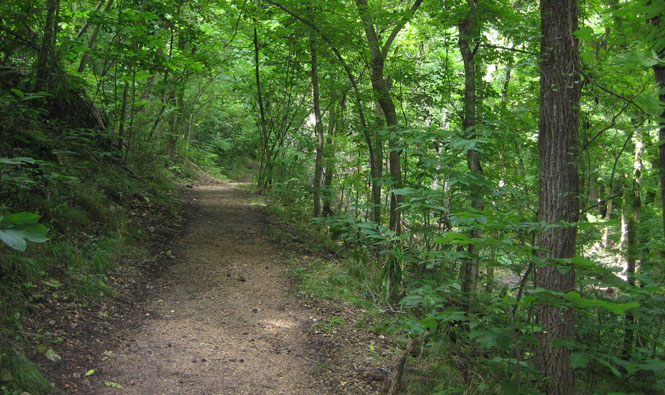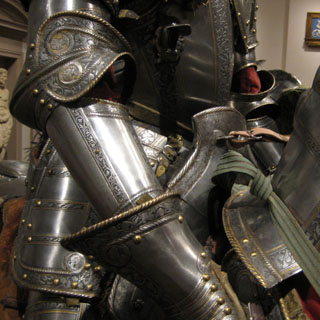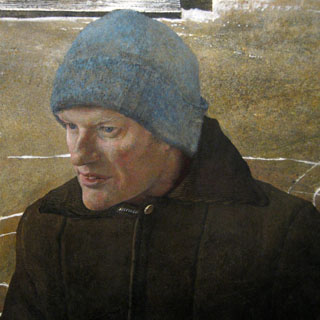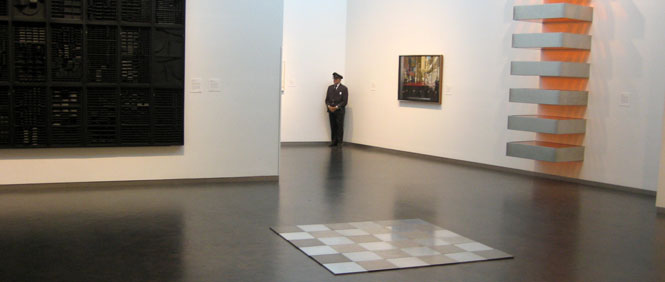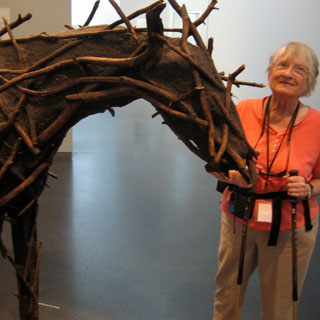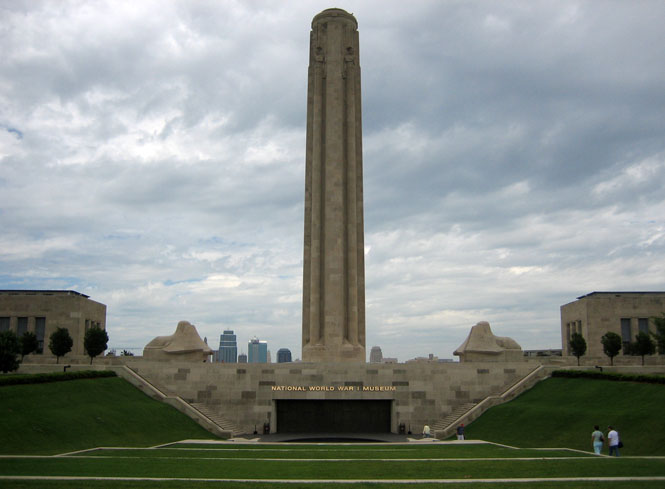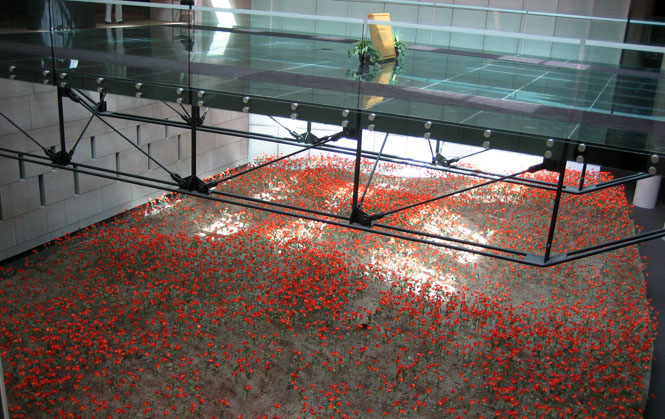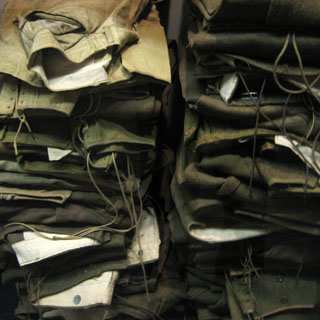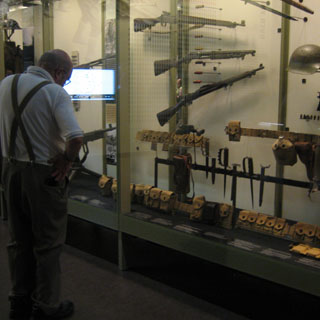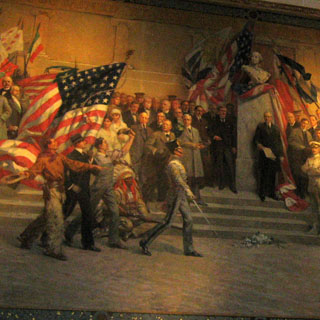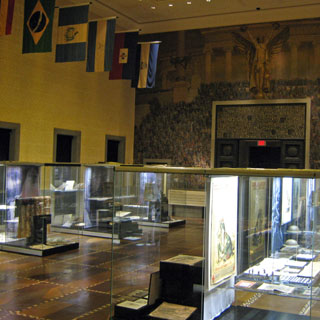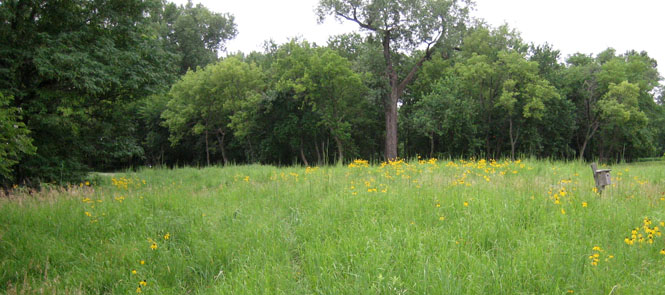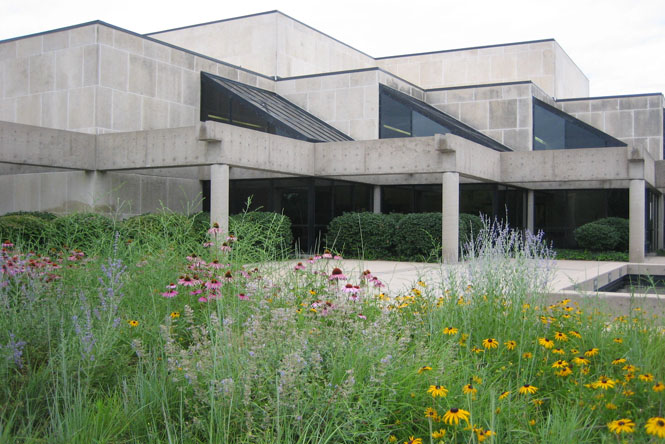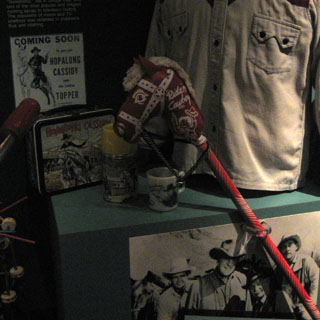July, 2008

A trip by Awanna and Daniel through Missouri, into Kentucky, south to Tennessee and back through Missouri and Kansas.
 Kansas
Kansas
Howard, Kansas is in Elk County, just off of KS-99.


The Independence, Kansas zoo is said (by them) to be the home of the first space monkey, "Miss Able." The history of "Monkey Island" is pretty amusing. There was a notable lack of understanding about monkeys throughout its history. You can just see one of the current residents climbing the wall. The moat has a mixture of swans and turtles.
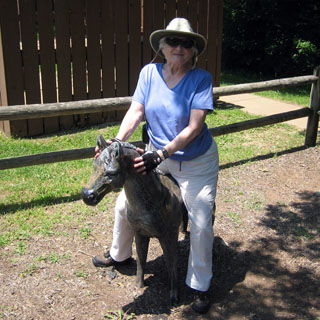
The southeast region of Kansas was at one time a major center of coal mining. That's not the case anymore (the coal was not the type favored today). Big Brutus in West Mineral, Kansas remains as part of a museum.
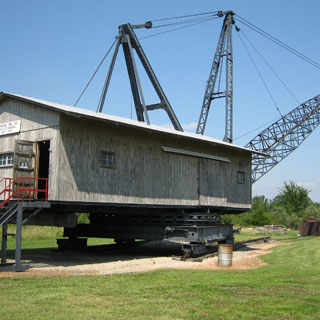
 Missouri
Missouri
It is always somewhat startling to turn the corner coming into Webb City, Missouri and see these gigantic hands. Frankly, they're not particularly well done, and the effect is not especially tasteful, but one supposes that the people that went through all the trouble were at least sincere.
Carthage, Missouri is just east of Webb City and north of Joplin. It is the home of Precious Moments. It's a unique (surely, there cannot be another place like this) combination of massive gift shop, park, church, and assembly point of likeminded people. The buildings were closed, but the grounds were open.

The theology of the place wasn't exactly clear, but big-eyed baby angels play a key part and it is unquestionably Christian (of a sort).
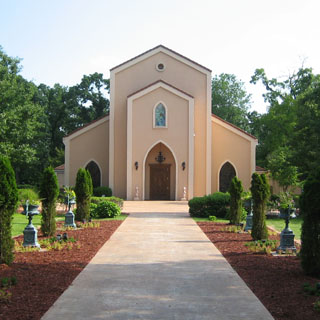
Springfield, Missouri is the home of the Bass Pro Shop, the biggest sporting goods store you could ever imagine.

Montauk State Park seems to be based around fly fishing. There's a hatchery, and several streams where you can then catch them.

This large spring is the beginning of one of the creeks.
Naturally, we had to at least wade in the cool water. A high point was seeing (what we came to know was) a mink swimming upstream, under water. We saw it swimming for quite a distance in the clear water until it rounded a bend. We never did see it come up for air.

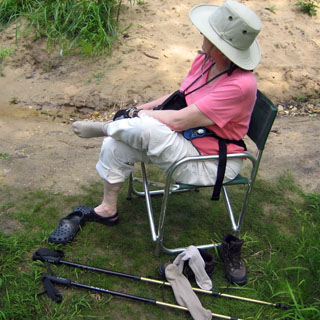
Council Lake, Missouri was an active place on this holiday weekend. Lots of people were swimming.

Elephant Rocks State Park is on the eastern side of the state. This was once a granite quarry, but that has long been idle. We walked the paved path around the rocks (about 1.5 miles).
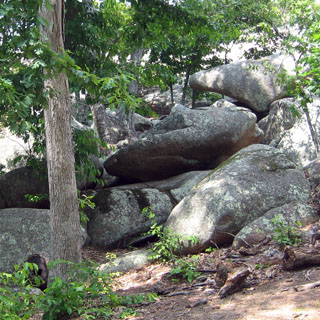
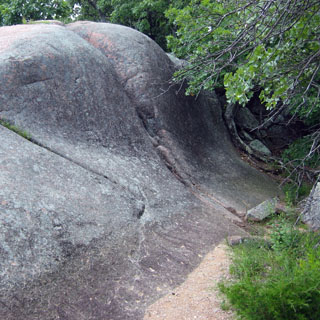

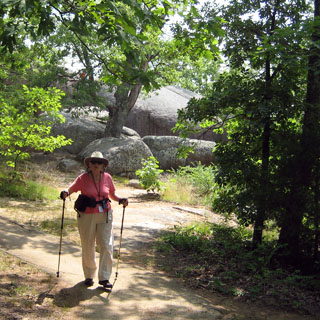
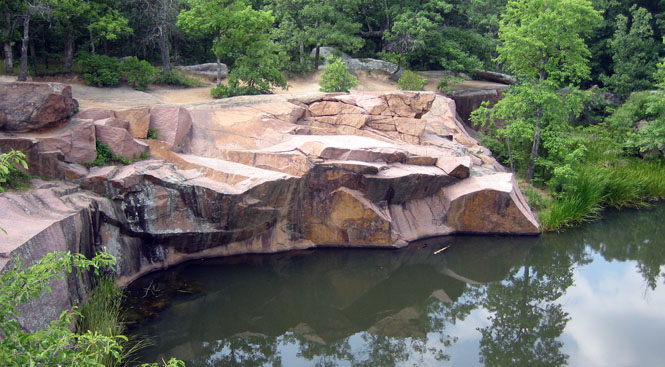
Fort Davidson State Historical Site is on a Civil War battlefield site. It was an especially fierce battle that really didn't need to be fought for any tactical reason. The Union forces were within the earthen works, and their only strength (and only chance) was against a direct, frontal attack by the Confederate forces--and, that's exactly what happened. After the day battle, the men within the fort simply left quietly and quickly at night, without the Confederates knowing they were going, and then exploded their remaining munitions (which hole still remains).

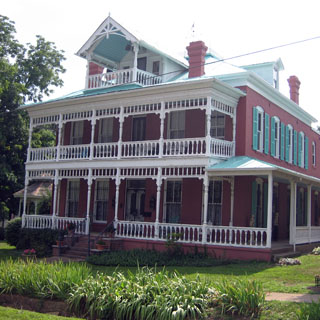
Cape Girardeau, Missouri is right on the Mississippi River.
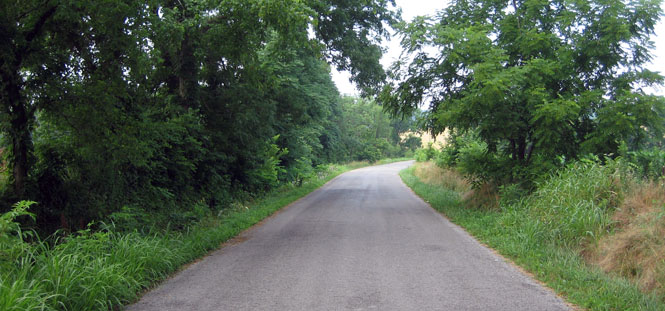
This overlook gives a good view of the Mississippi River.

There were a number of especially nice trails. Ticks might have been a problem, but we didn't know that until later.

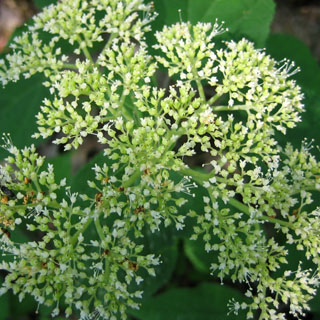
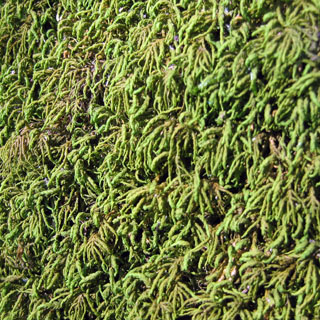
There are eighty-five rings on this tree (which had fallen during a storm).
That's a mink I'm holding in my hand (or at least his skin). This is the animal we saw swimming.
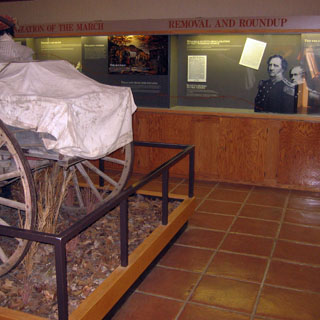
The hiking sticks were left in the parking lot (actually they were left leaning against the truck). When we realized that they were gone, we drove back to where they had to be, and, amazingly, they were still lying there, just as you see.

Flooding was still a problem along the Mississippi River.
 Kentucky
Kentucky
Wickliffe, Kentucky has a museum of the Wickliffe Mounds, which were made by the inhabitants of this area several hundred years ago. Unfortunately, the museum and the buildings have displaced anything that was ever natural, so it's not easy to even imagine what the place once looked like.
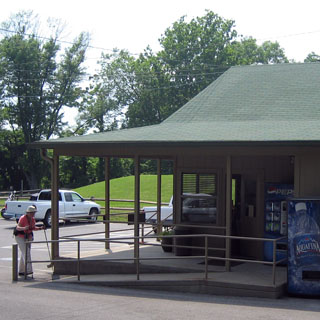

It is very likely that somewhere in this view is the old James Laughlin farmland.
There were many small cemeteries in the area. We did not expect to find any family names (and we did not), as they were here well before the town of Farmersville even existed.
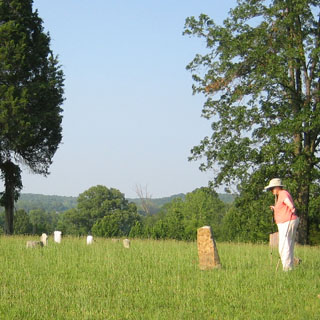
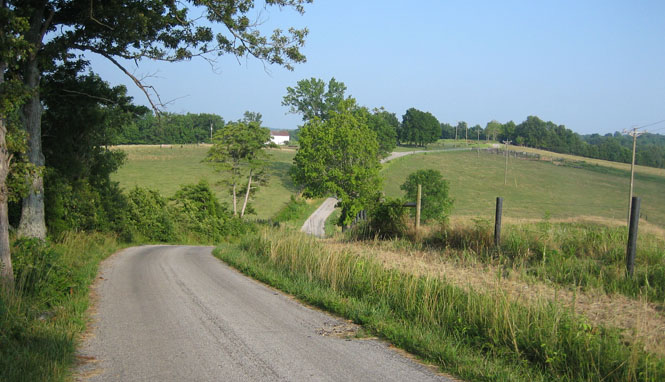
Land Between the Lakes, Kentucky is now Federal land that has been cleared of the existing settlements when Kentucky Lake and Lake Barkley were created. Before the dams, this was known as "Land Between the Rivers." We hiked some of the trails.
Hopkinsville, Kentucky was another major resting point along the Trail of Tears. There were a few marked graves from that time, and a large park is now on the spot.
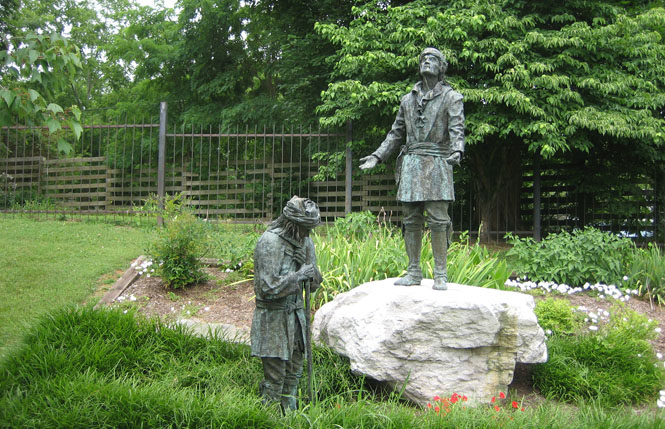
We started down a likely path, but ended up on this unlikely return route to our starting point.
South Union, Kentucky had a large Shaker community. All that remains, now, is this Shaker museum.
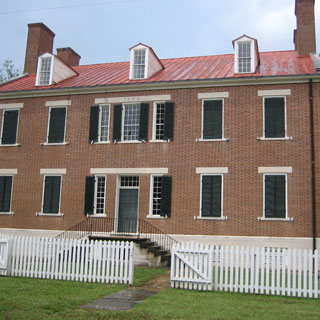
Everything had its place, and in many cases, the place was a hook on the wall. It was apparent that these were very tidy people.
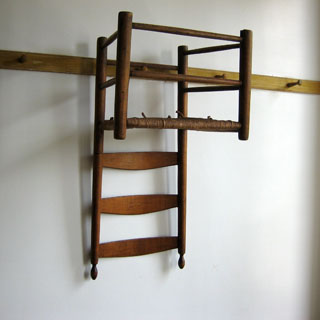

The floor is unaccountably yellow. We talked for a bit with the maintenance supervisor, and came away with a respect for the effort that they have made to be scrupulously accurate. So, if the floor is yellow, today, then you can be sure that it was really yellow, then. The rooms have nothing beyond what is absolutely necessary.

Mammoth Caves National Park.
The Visitor Center has always been unaccountably small for such a large and well-visited park. They are finally building something appropriate.
Lots and lots and still more steps.

Sand Cave Trail is on the east side of the park. This was a nice boardwalk.
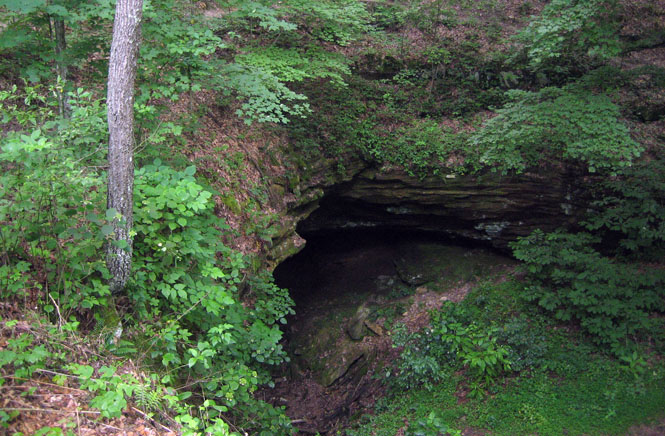
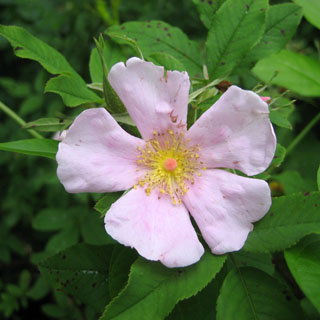
Sloan's Crossing Pond is a rare surface pond in the park. In most all the areas, any standing water doesn't stay standing for very long. It runs into the porous ground. But, apparently, there are no fissures for the water to escape, so it stays here. We walked the path around the pond.

The John Mulkley Old Mill Creek Meeting House (1798). It seems that there were a number of Protestant sects throughout the area in the late 1700's and beyond. Some of their ideas were interesting (to use one word), but they only seemed to last as long as their (always forceful) leader was around.
 Tennessee
Tennessee
Jamestown Tennessee, Colditz Cove State Natural Area. For such a nice area, it wasn't very well marked. We followed the trail to the waterfall.

I continued hiking down the cliff to the lower level.
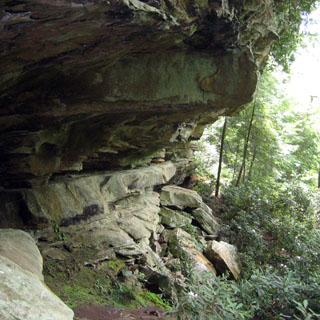
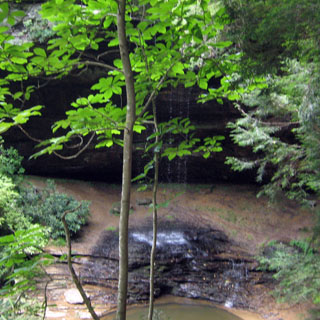
Stones River National Battlefield, Murfreesboro. This was another civil war battle where the confederate forces seemingly had the upper hand, only to lose it, disastrously.
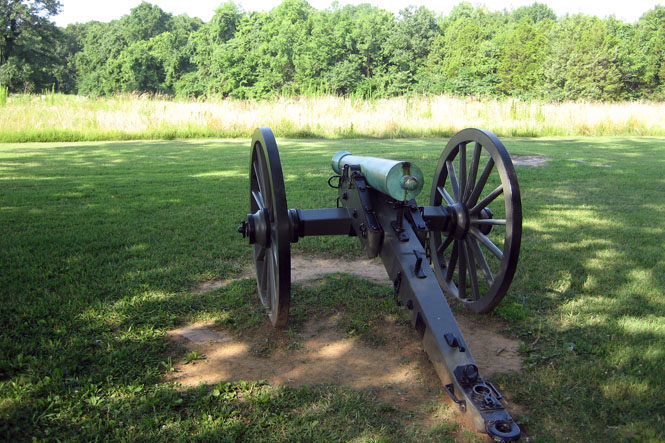

This is now a national cemetery.
The Tennessee State Museum in Nashville has the worst entrance imaginable--this is it. The building was once a parking garage (and partly still is), so there were a number of interior features which were unexpected (such as low head-height in some areas).
Regardless of the building, the museum itself was pretty well done.

The Ryman Auditorium, Nashville. This was once the home of the Grand 'Ole Opry. We walked through the interior (no shows were happening).
A strangely low upper gallery gives a limited view from the lower seats, but you can still see the stage.
Minnie Pearl's hat, and the view from the stage.
You could stand on the stage and hold a guitar (and have your picture taken). We did not.
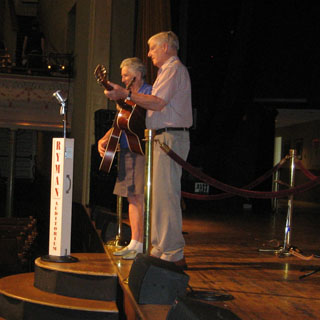
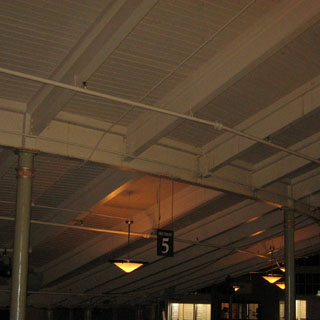
The Country Music Hall of Fame is just down the road from the Ryman. We ate lunch in the enormous lobby, but did not buy tickets to enter the rest of the building.
Sometimes, it is prudent to pull over and wait the rain out. The wipers could not keep up.
Camden, Tennessee is the home of Tennessee River fresh water pearls. This was a visitor center (of a sort).
Cyprus Grove Nature Park and Trail is a city park, just outside of Jackson. It's quite impressive.
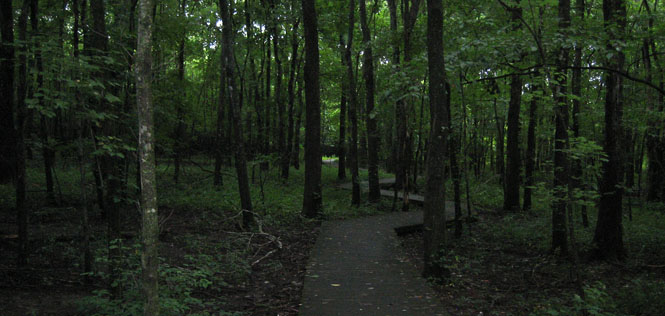
Raptors in a cage.

What a lot of work to build this trail!
Big Cyprus Tree State Natural Area is a few miles north. Unfortunately, the Big Cyprus was destroyed by lightning not many years ago, so now only the name remains.

This very dedicated groundskeeper was happy to show us around. He was very proud of the park, as he should be.
 Missouri
Missouri
Big Spring, Missouri is the largest such spring in the United States. There is just an enormous amount of water coming from below. It lifts the surface of the water several inches higher than the surrounding pond.

A fire watchtower.
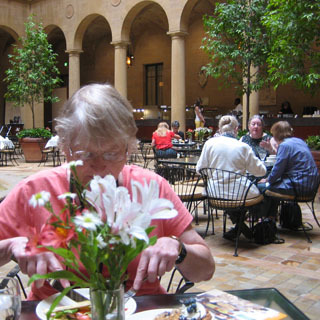











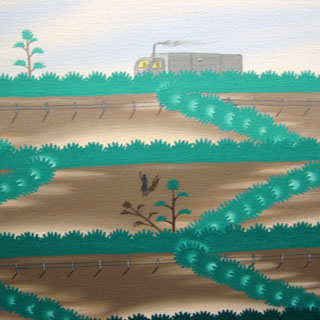
A field of poppies. There are 9,000 poppies; each one representing 1,000 killed during the war.
In Flanders fields the poppies blow
Between the crosses row on row,
That mark our place; and in the sky
The larks, still bravely singing, fly
Scarce heard amid the guns below.
The things they had on display were astounding. Piles and piles of equipment and clothing meant for the war effort, but never used.

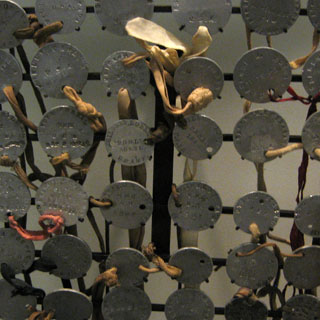



 Kansas
Kansas
The Kansas History Center in Topeka has a number of nice hiking trails.
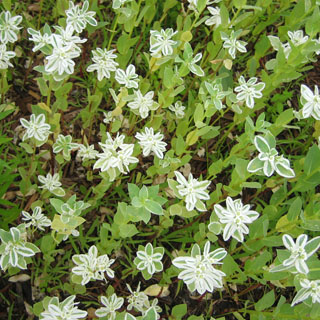

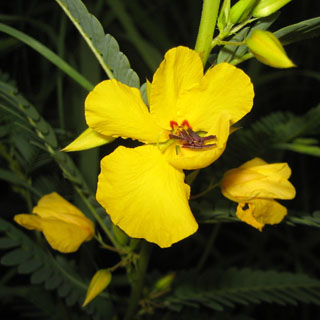
Kansas Museum of History, Topeka.
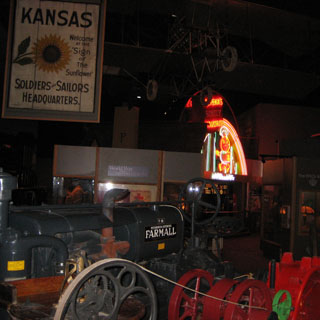

Total distance: 2,324 miles
Working on this report, and departing at the airport.



